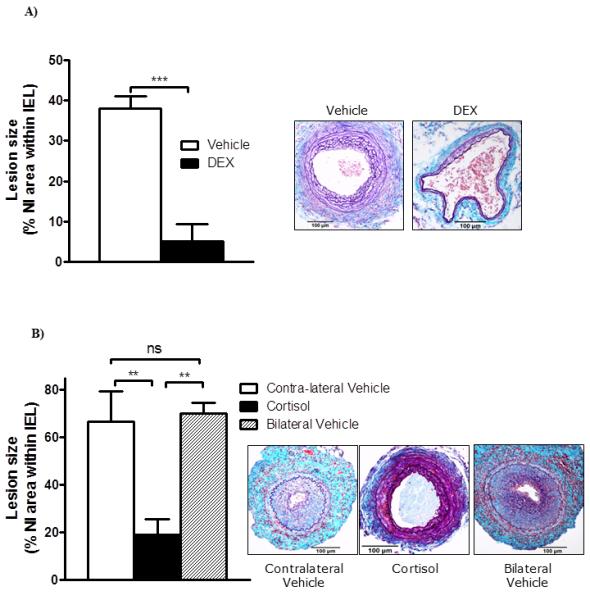Figure 1. Systemic or local glucocorticoid administration attenuates neointimal lesion formation in C57Bl/6J mice.

A) Systemic administration of a potent GR agonist, dexamethasone (DEX, 1 mg/kg/day by daily subcutaneous injection), substantially reduced fibroproliferative lesion area. Data are mean±SEM for n= 8/group and were analysed by Student’s un-paired t-test: *** indicates p<0.001 vs. vehicle. Representative sections stained with United States Trichrome are shown as insets (scale bar = 100 μm, arrows indicate internal and external elastic laminae).
B) Local administration of cortisol inhibited neointimal lesion formation. Extensive neointimal lesions developed in vehicle-treated control arteries (either in the contralateral control or in animals with bilateral vehicle pellets), but lesion formation was inhibited when a 2mg cortisol pellet was placed next to the artery. Data are mean±SEM for n= 8-9/group and were analysed by one-way ANOVA with Tukey’s post-hoc test: ** indicates p<0.01 vs. vehicle; ns indicates non-significant. Representative sections stained with United States Trichrome are shown as insets (scale bar = 100 μm, arrows indicate internal and external elastic laminae).
